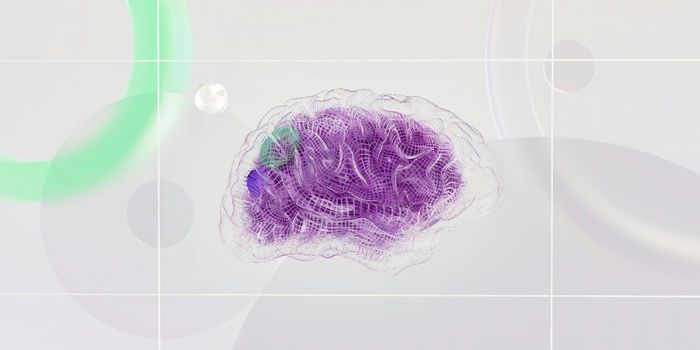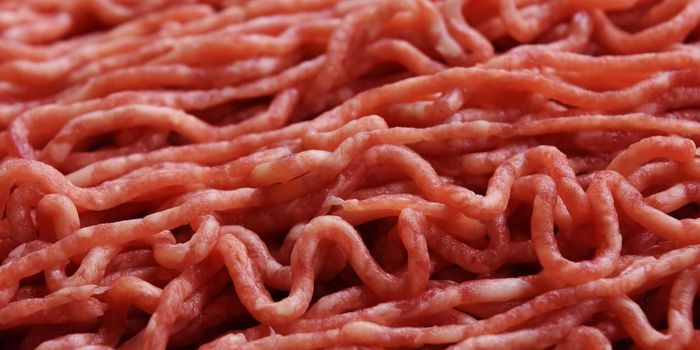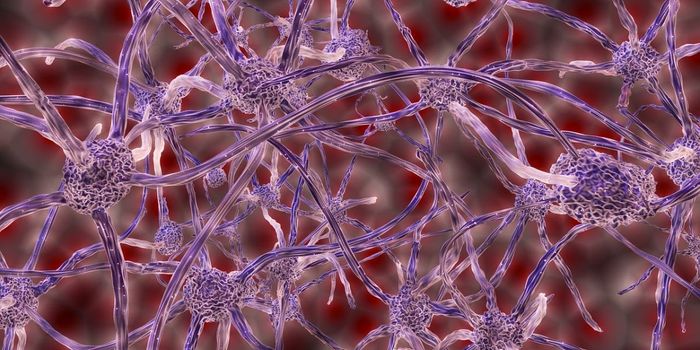New Proteins Found in the Optical Processing of Lazy Eyes
Researchers in the Bear Lab at the Massachusetts Institute of Technology found surprising connections in the neural circuit responsible for processing visual data from the eyes to the brain. The eyes receive lots of visual data, which is passed on to the brain to be processed as either new visual data or something familiar. The Bear lab focuses on how the brain sorts visual stimuli into these two categories, and how this pathway is damaged in eyes that are affected by amblyopia, commonly known as a lazy eye.
Eyes receive raw visual stimuli, which are sent to the visual cortex of the brain. The visual cortex of the brain is made of many stacked layers, the fourth of which receives the unprocessed visual stimuli from the eyes. In the fourth layer, a receptor protein called NMDA is known to be responsible for the degradation of visual data from amblyopia-affected eyes by stimulus-selective response potentiation (SRP). SRP develops into optical recognition memory, but with amblyopia-affect eyes, this pathway underdeveloped. Researchers in the Bear lab theorized that NMDA is the switch that processes visual data into the "familiar" or "new" categories.
The team expected their work to confirm NMDA receptor proteins are active specifically in neurons in the fourth layer of the visual cortex. This conclusion would mean the receptors are responsible for circuit changes between optical recognition and degradation caused by amblyopia, but the results were surprisingly complex.
The study showed that NMDA has no role in the compensating strength of the healthy eye, nor a role in the development in the amblyopia-affected eye's SRP, which disregards NMDA as a visual data sorter. Instead, two new factors were exposed, which help the eyes recognize familiar and distinguish new stimuli, even in affected eyes, while NMDA can only be connected to the degradation of optical data.
NMDA in the fourth layer of the visual cortex was genetically knocked out of mice with amblyopia; then, the strong eye was closed early in life, a technique called monocular deprivation. The amblyopia-affected eye is therefore not able to form selective processing habits, which prevents degradation as well as strengthens the unaffected eye. In the monocularly deprived mice, degradation in the affected eye was completely prevented. Additionally, researchers found two factors in the unaffected eye that are responsible for correctly sorting optical stimuli.
The importance of these two previously unknown mediators suggests that the individual components of this neural pathway should be defined to provide context to the circuit as a whole. The Bear lab is now investigating how the unaffected eye strengthens after being deprived, and how NMDA is triggering SRP in the amblyopia-affected eye.
Children are born with amblyopia, or it develops at an early age in one eye. Without intervention, damage to the eye is permanent, and though surgery and corrective lenses can straighten the eye, there is no solution for a breakdown in optical processing.
Sources: Bear et. al., MIT News,








